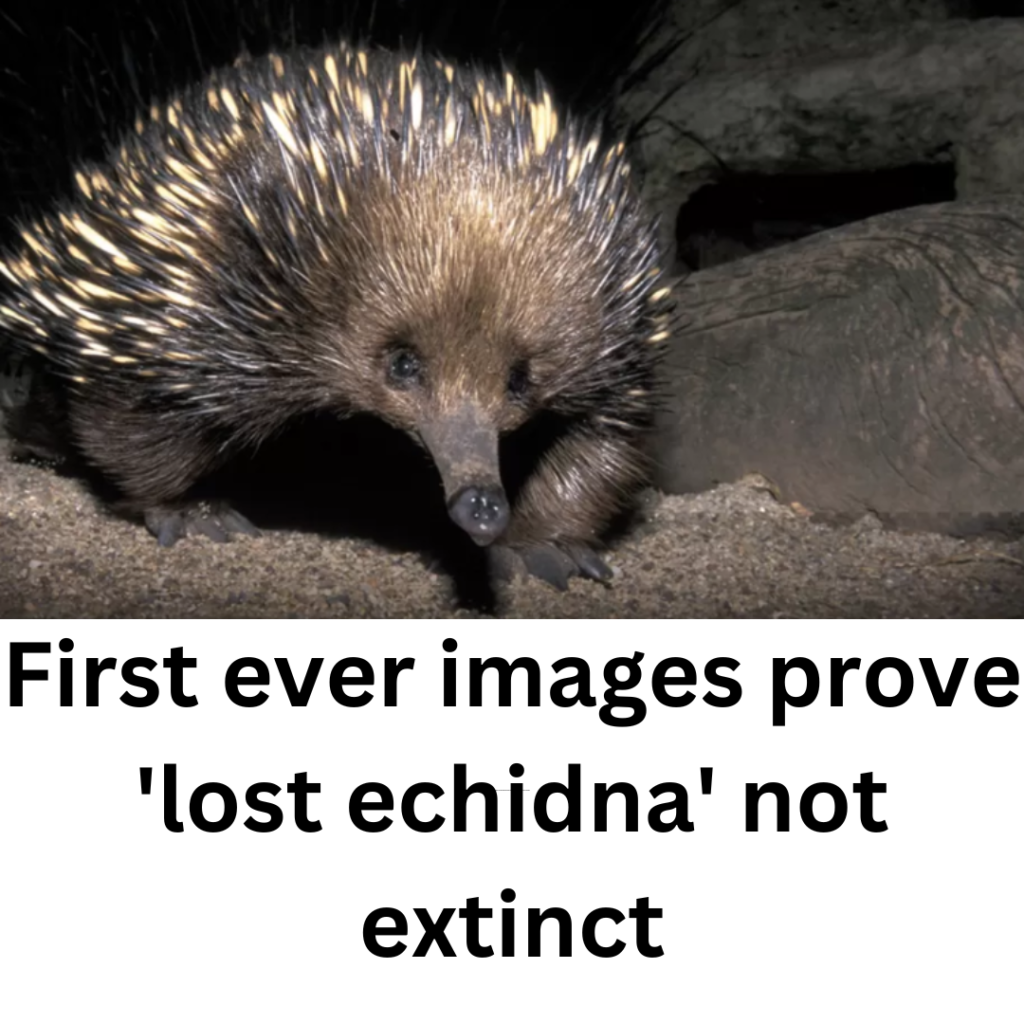Researchers have recorded a video of a very old type of mammal that lays eggs. This mammal is named after Sir David Attenborough. This is the first time they have been able to capture a video of it, which shows that it is not extinct as people thought it might be.
In a groundbreaking expedition led by Oxford University researchers in Indonesia, the elusive Attenborough’s long-beaked echidna, a spiky, furry mammal with a beak, was captured on camera for the first time. Named after the renowned naturalist Sir David Attenborough, this species was feared to be extinct until now.
Echidnas, often referred to as “living fossils,” are intriguing creatures thought to have emerged about 200 million years ago, coexisting with dinosaurs. With their unique physical features and fascinating history, they represent the diverse biodiversity on our planet.
Biodiversity is the variety of all living organisms, including animals, plants, and microorganisms, as well as the ecosystems they form. Protecting biodiversity is crucial for maintaining the balance of ecosystems, sustaining life, and supporting human well-being.
The discovery of the Attenborough’s long-beaked echidna is a testament to the importance of biodiversity conservation. It highlights the need to protect and preserve natural habitats to ensure the survival of rare and endangered species.
The successful expedition not only unveiled the existence of the “lost echidna” but also revealed the presence of new species of insects and frogs, along with healthy populations of tree kangaroos and birds of paradise. This underscores the significance of unexplored habitats in fostering diverse ecosystems and the importance of continued scientific exploration to learn more about our natural world.
Aside from the iconic duck-billed platypus, the echidna is the only other mammal that lays eggs. With three out of the four echidna species, including the Attenborough echidna, classified as critically endangered, efforts to protect their habitats and populations are critical.
The discovery of the Attenborough’s long-beaked echidna serves as a reminder of the wealth of biodiversity that still remains undiscovered and the importance of conservation efforts to ensure the survival of these remarkable species. It also highlights the invaluable contribution of scientific research and exploration in uncovering the wonders of our natural world.
As we celebrate this remarkable finding, it serves as a call to action to nurture our planet’s biodiversity and safeguard the delicate balance of our ecosystems for generations to come.
People ask also
- First ever images prove ‘lost echidna’ not extinct
- how many echidnas are left in the world
- are echidnas dangerous
- eastern long-beaked echidna
- how many echidnas are left in the world 2023
- how many long beaked echidnas are left
- long beaked echidna scientific name

